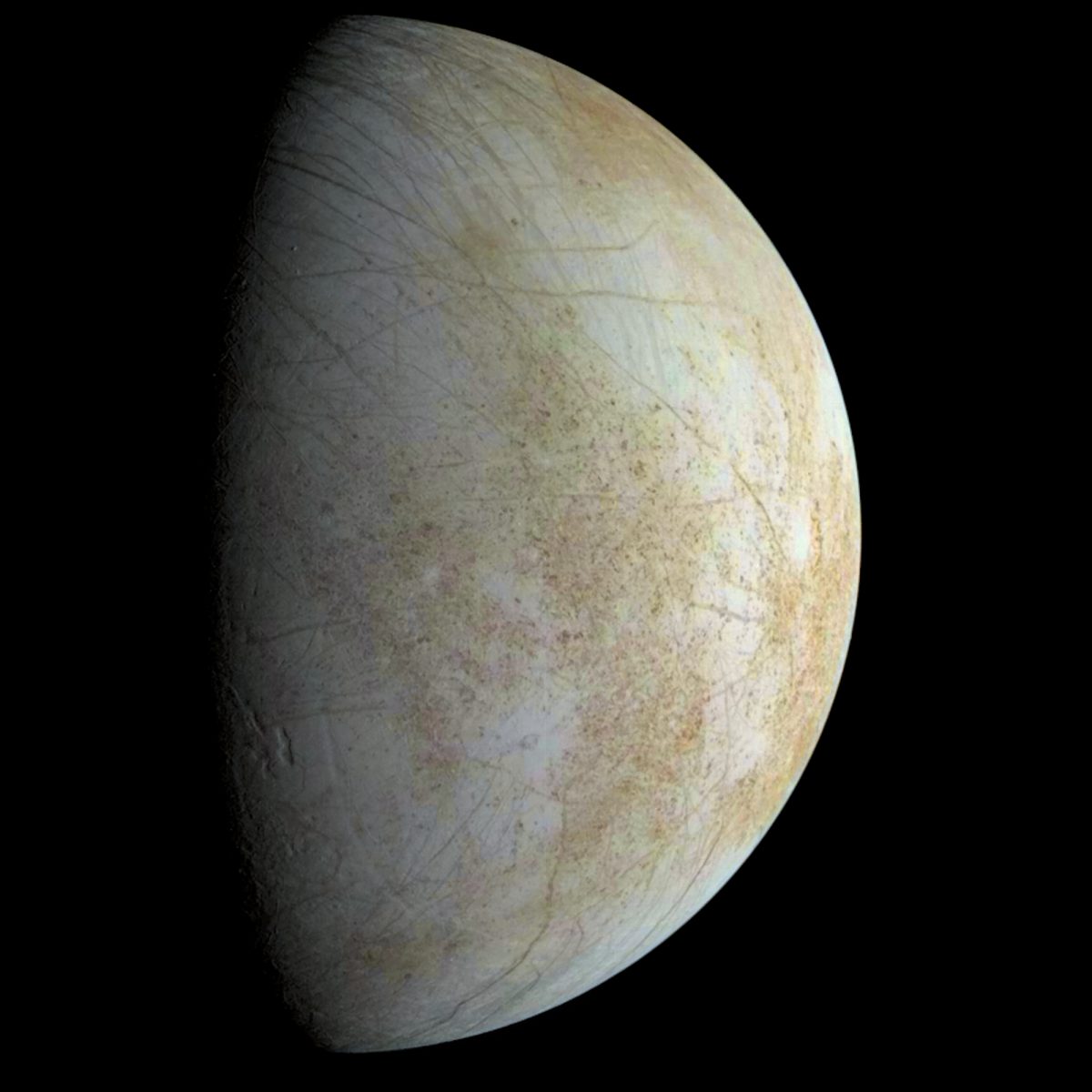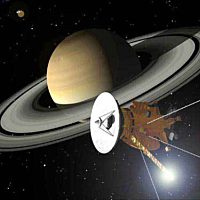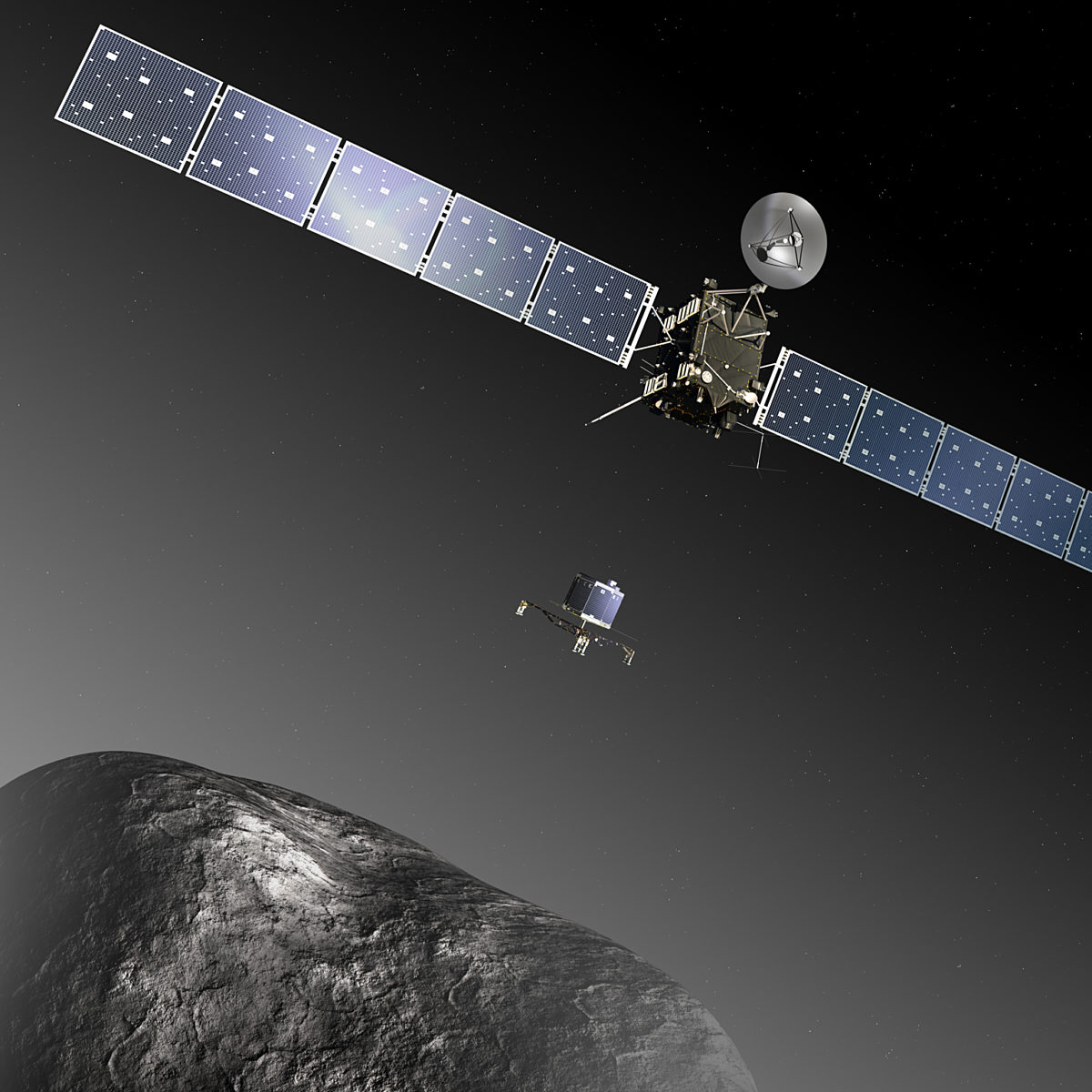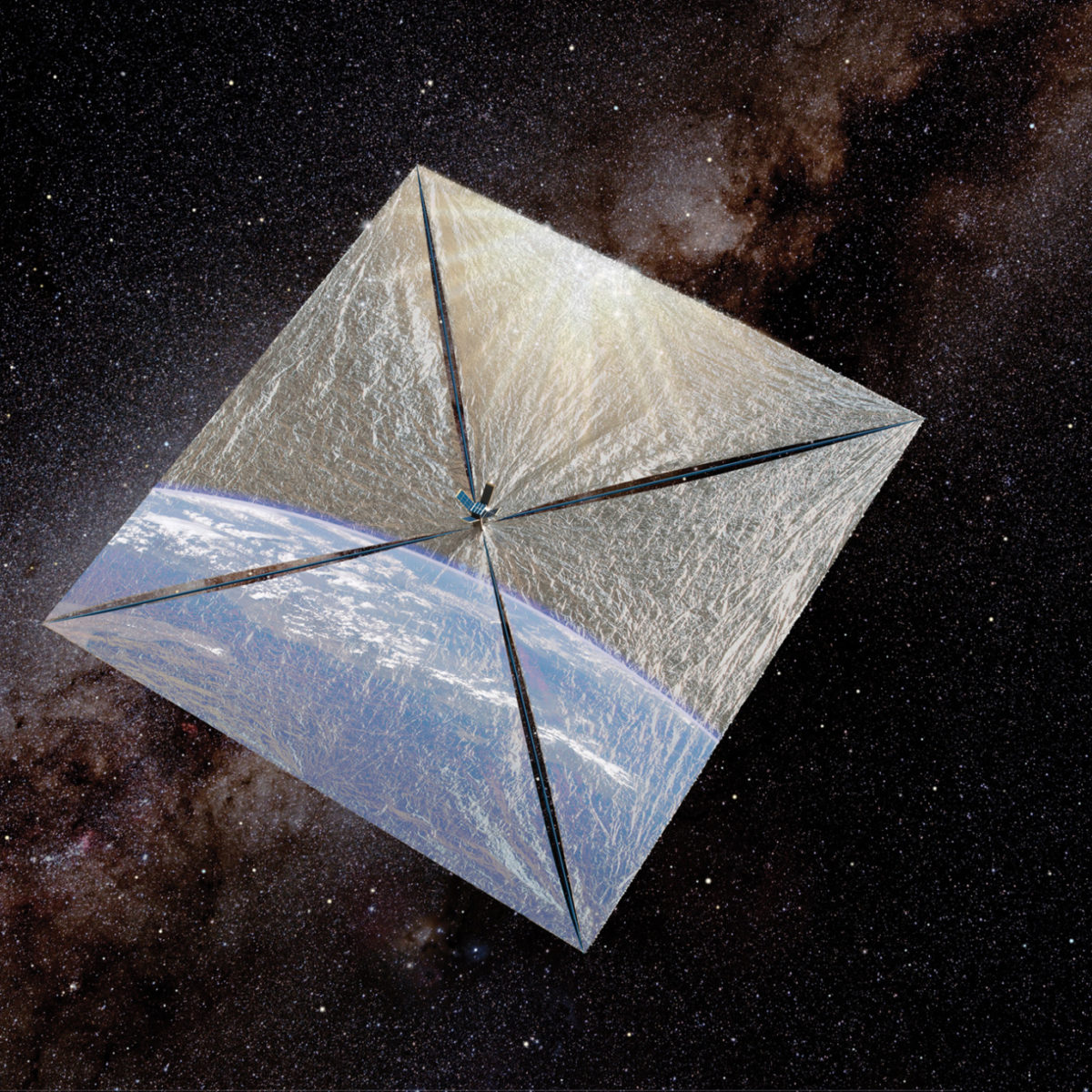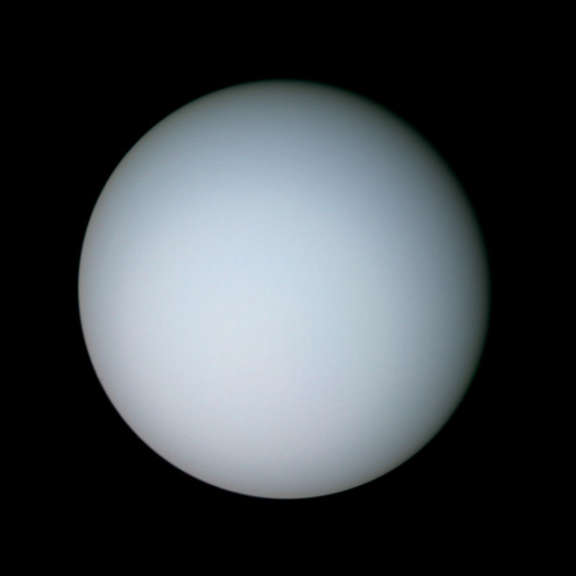All
All
Stories, updates, insights, and original analysis from The Planetary Society.
Discovery Missions for an Icy Moon with Active Plumes
In December, scientists announced the discovery of possible plumes of water being ejected from Jupiters’s moon Europa. If confirmed, Europa would be the second moon with confirmed plumes after Saturn’s moon Enceladus. Two Discovery mission proposals for Enceladus suggest the types of missions that may be proposed for Europa.
Further Analysis of NASA's FY15 Budget Proposal: Steady As She Goes?
The President’s proposed Fiscal Year 2015 budget details were released last week. For the next several years, the budget proposes a steady as she goes plan, but with two “what are they thinking?” surprises.
Mission to a Metallic World: A Discovery Proposal to Fly to the Asteroid Psyche
Imagine flying deep within the asteroid belt to study the most unreachable location in the solar system: the deep core of a terrestrial world.
Discovery Next
To paraphrase Forrest Gump, the Discovery program is like a box of chocolates – you never know what you’re going to get. The creativity of the scientific community has given us a wide assortment of missions in the past and is likely to surprise and delight us again.
Russia's Ambitious Planetary Exploration Goals
Roscosmos has ambitious planetary exploration plans in the coming decades, including a series of solo lunar missions and joint missions to Mars with the European Space Agency.
Europa New Frontiers Mission? (Or why I like the Europa Clipper concept even more now)
Europa remains a top priority for a future mission to explore whether it could host life. While the Europa Clipper mission, remains the current front runner, a senior NASA manager has suggested that the agency may look at still lower cost options. Van Kane looks at what those options might be.
NASA’s New Planetary Mission Woes
NASA’s planetary science program depends on regular missions to solar system bodies to gather data. A combination of budget cuts and previous commitments to develop missions currently in the pipeline means that development of follow on missions may slow to a crawl. Van Kane looks at the current situation and NASA’s plans and then look at options the agency may consider if budgets remain tight into the next decade.
The ASRG Cancellation in Context
ASRGs could have stretched NASA's limited supply of plutonium to potentially enable missions to the perpetually-shadowed polar craters on our moon, to flyby Uranus, or to float for months on a Titan lake.
Will We Lose Cassini’s "New" Mission at Saturn to Budget Cuts?
NASA’s shrinking budgets for planetary exploration may force it to decide between continued funding for the Saturn Cassini mission and the continued funding for its Mars missions.
Europe Bypasses Solar System for Upcoming Science Missions
The European Space Agency has selected two astrophysics observatories as its next large science missions, overlooking every proposed planetary mission. ESA's current selection of planetary missions, however, means it will still be a major player in solar system exploration for the next two decades.
The Potential of CubeSats
Planetary spacecraft originally tended to be large missions. However, technology is shrinking, and before the decade is out, I expect that we will have at least one planetary mission based on a CubeSat.
Europe Will Select Its Next Major Science Mission in November
The European Space Agency will announce two major science missions this November, one of which is likely to be devoted to solar system exploration.
Finally, an FY13 NASA Planetary Budget, Just 11 Months Late
The final news for NASA's Planetary Science program is better than had been proposed, but still a substantial cut over the previous year. There may be serious future consequences as a result of the smaller program.
Small Could Be Beautiful - Planetary SmallSats
A new breed of small planetary spacecraft may allow for more frequent flights to the planets for highly focused missions.
The Mars 2020 Rover In-Depth
We now know the science goals for NASA’s next major Mars mission. The new rover will further the astrobiological search begun by the Curiosity rover and store samples for eventual return to the Earth, providing a stepping stone to the next stage of Martian exploration.
Uranus or Bust (and on a budget)
New plans may make a mission to Uranus affordable within NASA's new, constrained budget.
Implementing Missions Within Budget�Good News
Last decade, cost overruns on a number of planetary missions stretched NASA's budget. Recent missions have stayed within budget, but the cost of fiscal discipline may mean staying close to home.
ISIS: Blasting a Crater on Asteroid Bennu
An exciting new option to enhance NASA's OSIRIS-REx asteroid mission has been proposed by Steve Chesley at JPL. The ISIS spacecraft would impact asteroid Bennu to expose its interior structure to OSIRIS-REx.
Further Analysis of NASA's 2014 Budget Proposal
Now that groups and individuals have had time to digest the proposed 2014 NASA Planetary Science budget, they are highlighting the impacts of the proposed cuts. We are also getting the first independent reactions to the proposal to bring an asteroid to lunar orbit as a target for human exploration.
First Analysis: the NASA Planetary Science Budget for 2014
No mission to Europa, diminished funding for outer planets missions, a small bump to small spacecraft missions, and an increase for asteroid detection are part of the White House's proposal for NASA in 2014.


 Explore Worlds
Explore Worlds Find Life
Find Life Defend Earth
Defend Earth


 Sun
Sun Mercury
Mercury Venus
Venus Earth
Earth Mars
Mars Jupiter
Jupiter Saturn
Saturn Uranus
Uranus Neptune
Neptune Small Bodies
Small Bodies




